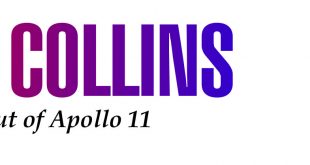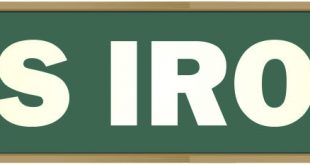Everything about Indian general elections is colossal
The world’s biggest democracy is going to hold what is likely to be one of the world’s costliest elections. India’s six-week-long vote will span the Himalayan range in the north, the Indian Ocean in the south, the Thar desert in the west and the mangroves of the Sundarbans in the east. This time the polling exercise, due to start on April 11 and be completed by May 19, will cost an unprecedented Rs 50,000 crore ($7 billion).
The Election Commission of India is going to hold Lok Sabha Elections 2019 in seven phases. Nine hundred million people are eligible to vote in 2019, for 543 constituencies — the largest of which hosts almost three million voters. The country will take 39 days to vote; some states, like giant Uttar Pradesh with a population of 200 million, will vote in seven stages from April 11 to May 19, with the counting of votes on May 23. India’s election will be the largest the world has ever seen. Here are some numbers on the Indian elections 2019.
900 million: The number of Indians eligible to vote. In 2014 elections, there were roughly 815 million, but just 550 million exercised their franchise.
85 million: The increase in eligible voters across India in this election compared to 2014.
15 million: The number of eligible voters aged 18 to 19 in this election.
38,325: Voters identifying as transgender, recognised by India’s Supreme Court as a distinct third gender in 2014.
1.1 million: The number of electronic voting machines required for all the ballots to be cast in the mega-election.
1 million: Polling stations to be erected for the election.
3,626: The number of political parties – though only 1,841 are recognised by the Election Commission.
545: Seats in the lower house of India’s parliament, the Lok Sabha. Only 543 are up for grabs in this election – two are reserved for members of the country’s tiny Anglo-Indian community.
272: The magic number to form government.
42 million: The amount of dollars seized by election officials from politicians and their supporters for misuse – including vote buying – during the last poll. Candidates are only allowed to spend $100,000.
10 Interesting Facts
1. The number of voters is bigger than the population of Europe and Australia combined.
2. The dates on which voting will be held are: 11 April, 18 April, 23 April, 29 April, 6 May, 12 May and 19 May.
3. The ‘voter-verifiable paper audit trail’ (VVPAT) will be used in all polling stations this time.
4. For the first time in Lok Sabha polls, candidates with criminal antecedents are required to publish information in this regard in newspapers and through television channels on three occasions during the campaign period.
5. A political party that sets up candidates with criminal antecedents is also required to publish information about their criminal background, both on its website and also in newspapers and television channels on three different occasions
6. Of the total electorate, 15 million will be in the age group of 18 to 19 years
7. This will be the first Lok Sabha election where women voters’ turnout will be above men.
8. The top three states that have the largest number of women who are not registered despite being eligible voters are Uttar Pradesh, Maharashtra and Rajasthan.
9. Of the 21 million missing women voters, six million are from Uttar Pradesh alone, which means around 80,000 women on average per constituency who are missing.
10. In February alone, more than 40 million rupees was spent on political advertising on just one site—Facebook.
 Jahangir's World Times First Comprehensive Magazine for students/teachers of competitive exams and general readers as well.
Jahangir's World Times First Comprehensive Magazine for students/teachers of competitive exams and general readers as well.



